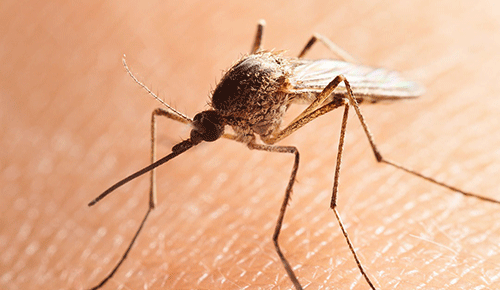ONGWEDIVA – A total of 23 people died of malaria since October last year, while some 4 356 cases were recorded in the Ohangwena, Omusati, Oshikoto and Oshana regions since October 2024.
Dr Odon Nkongolo, the chief medical officer in Ohangwena, said the cumulative malaria cases in the region reached 3 055, with 1 462 cases recorded in Eenhana, 802 in Okongo and 791 in Engela.
A total of 539 malaria-related hospital admissions were recorded in the region, while five people died of the disease.
Speaking to New Era, the health director for the Oshikoto region Joshua Nghipangelwa stated that malaria continues to be a persistent issue in Namibia.
He said the Ohangwena region, alongside the north-eastern regions of Zambezi, Kavango East and Kavango West, are among the worst-affected regions. Those living along the borders with Angola and Zambia are said to also be bearing the brunt of the rising malaria cases.
Nghipangelwa pointed out that Oshikoto, which borders these malaria-prone regions, recorded 720 cases with 8 deaths. However, the region saw fewer cases in 2023, with only 277 reported cases and three deaths.
“The increase in malaria cases was observed in week 48 of November 2024, with 196 cases recorded in December (2024) alone, and five deaths reported in the Onandjokwe district,” he added.
The Omusati region reported 503 cases and seven deaths, while the Oshana region had 78 cases with three deaths.
Males accounted for 57% of the cases, compared to 43% in females.
“All age groups are equally affected, from children to the elderly. Our youngest malaria patient is just one year old, and the oldest is 83 years old,” he observed.
Nghipangelwa emphasised that this malaria season, people must seek early treatment at their nearest clinics, or from community healthcare workers in their respective villages.
“People who have access to mosquito nets should use them, apply repellent oil, and take advantage of spraying services if available,” he urged.
People should also not have stagnant water around their homes, and must keep their houses clean. Meanwhile, the health director for Omusati Alfons Amoono said his region faces challenges such as low indoor residual spraying coverage, a shortage of treated mosquito nets and insufficient resources, including human resources, spray pumps and vehicles.


